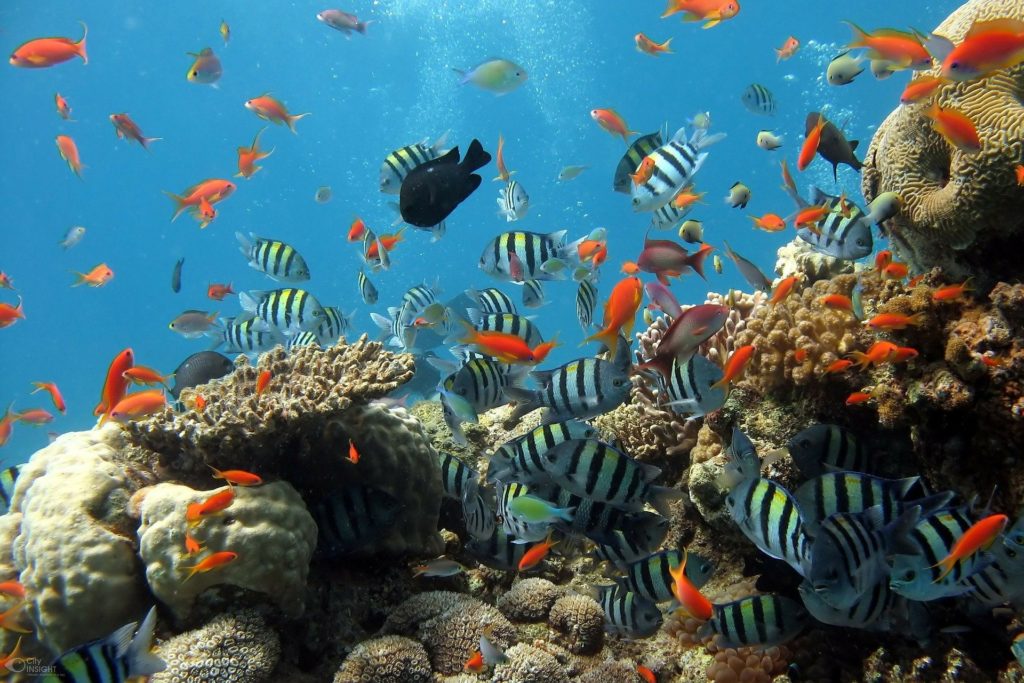Fishmeal is a brown colored product obtained after cooking, pressing, drying and grinding of raw fish and waste from fish processing industries. Mostly, up to 75% Pelagic fish is used in fishmeal manufacturing and remaining 25% is the trimmings from food fish. Fishmeal exporters and production rising day by day.
Peru is the largest fishmeal manufacturer, fishmeal exporter, and fishmeal supplier, China comes second, and then Chile, Norway, Denmark, and Malaysia are considered as major fishmeal manufacturer and fishmeal suppliers. It has been estimated that aquaculture had utilized the 46% of annual fishmeal production (fishmeal has minimized the feeding cost and other operating expenses up to 40%) and remaining 54% is utilized by cattle industry, dairy, poultry industry (about 12%), pigs feed (20%), fish growers, shrimps and other animals such as mink.
For centuries, Fishmeal is used by the animal industry to enhance DHA, protein and n-3 polyunsaturated fatty acids to multiply pork, poultry and egg production. Fishmeal manufacturer claims that it is the rich source of vitamin especially vitamin B-complex (Niacin, Riboflavin, Choline, Cobalamin).
-
- Fishmeal is an essential part of diet during early growth periods and weanling pigs. Protein in fishmeal is well-digested and less expensive for young piglets. Fishmeal is full of nutritional factors that is why preferred by pig growers. A trial has been conducted at IFFO to check the results of various protein sources like fishmeal, soybean and linseed meal etc. the results showed that fishmeal (added up to 5% in daily diet) outperformed the all other feeds.(Wu et al., 2015)
- Fishmeal companies claim that it contain proteins, balanced amount of polyunsaturated fatty acids, vitamins (A, D and E), and minerals (mainly Phosphorous). Different fishmeal diets (brown rock, Dover, Pacific whiting, and Atlantic cod) depending upon varying nutrient composition are used in poultry feed. It enhance growth rate, disease resistance, healthier development of bones and nervous system, little losses from carcass condemnations usually occur due to poor diet, inflammation or sepsis etc.,. Fishmeal also improve fertility status in poultry both in male and female.(Cruz et al., 2019)
- In cattle industry, fishmeal and fish oil are essentially used in feed to stimulate the production of conjugated linoleic acid (500% more than cows feeding typical dairy feed), Eicosapentaenoic acid and Docosahexaenoic acid (DHA). The result of this nutritive supplement is the enhanced milk production, increased milk fat contents and reproductive efficiency (especially conception rate-10-15%). When a young dairy cow is fed with 2kg of compound feed will increase milk production typically 1 to 2 liters per day and 0.1- 0.2% milk protein contents. Due to its high digestibility properties, it helps in faster growth of beef cattle.
- Use of fishmeal in aqua culture diet has proven to be very useful in terms of growth, nutrient-dense diet, and palatability (due to the presence of glutamic acid). Due to the greater digestibility properties of fishmeal, Pollution from waste water effluent can be reduced by the incorporation of fishmeal into the diets of aquatic animals. The ideal Amino acid profile of fishmeal makes it wholesome or attractive protein supplement for aqua culture.
- Typical fish feed may contain 30-45% of total protein,
- Shrimp’s diet contains 35-45% protein,
- Trout and salmon’s diet contains 45-55% protein and
- Carp and tilapia contains 6-7% protein
Now if we compare the protein contents in typical fish feed and that of fishmeal, we come to know that fishmeal contains 60-72% crude protein by weight. This is the reason why fishmeal companies claim that, aquaculture industry demands and prefer fishmeal over typical feeds.
- Fishmeal contains 17-25% ash contents in it. More ash contents mean more amount of minerals and vitamins especially phosphorus and calcium. Phosphorus in fishmeal is in readily available form and is different from the one that is present in plants (phytate form).
Those animals that are mono gastric animals (single-chambered stomach) are able to utilize phosphorus easily. Lipid contents in fishmeal are excellent source of omega-6 and omega-3 fatty acids and many other PUFAs. They are involved in the cell membrane development in fish body which provides the protection and cushioning effects from the considerable pressure changes that aquatic animals come across at varying depths of water column.
References:
Cashion, T., Le Manach, F., Zeller, D., & Pauly, D. (2017). Most fish destined for fishmeal production are food‐ grade fish. Fish and Fisheries, 18(5), 837-844.
Cruz, A., Håkenåsen, I. M., Skugor, A., Mydland, L. T., Åkesson, C. P., Hellestveit, S. S., . . . Øverland, M. (2019). Candida utilis yeast as a protein source for weaned piglets: Effects on growth performance and digestive function. Livestock Science, 226, 31-39.
Jackson, A., & Shepherd, J. (2012). The future of fishmeal and fish oil. Paper presented at the Second International Congress on Seafood Technology on Sustainable, Innovative and Healthy Seafood.
Wu, Y., Jiang, Z., Zheng, C., Wang, L., Zhu, C., Yang, X., . . . Ma, X. (2015). Effects of protein sources and levels in antibiotic-free diets on diarrhea, intestinal morphology, and expression of tight junctions in weaned piglets. Animal Nutrition, 1(3), 170-176.

